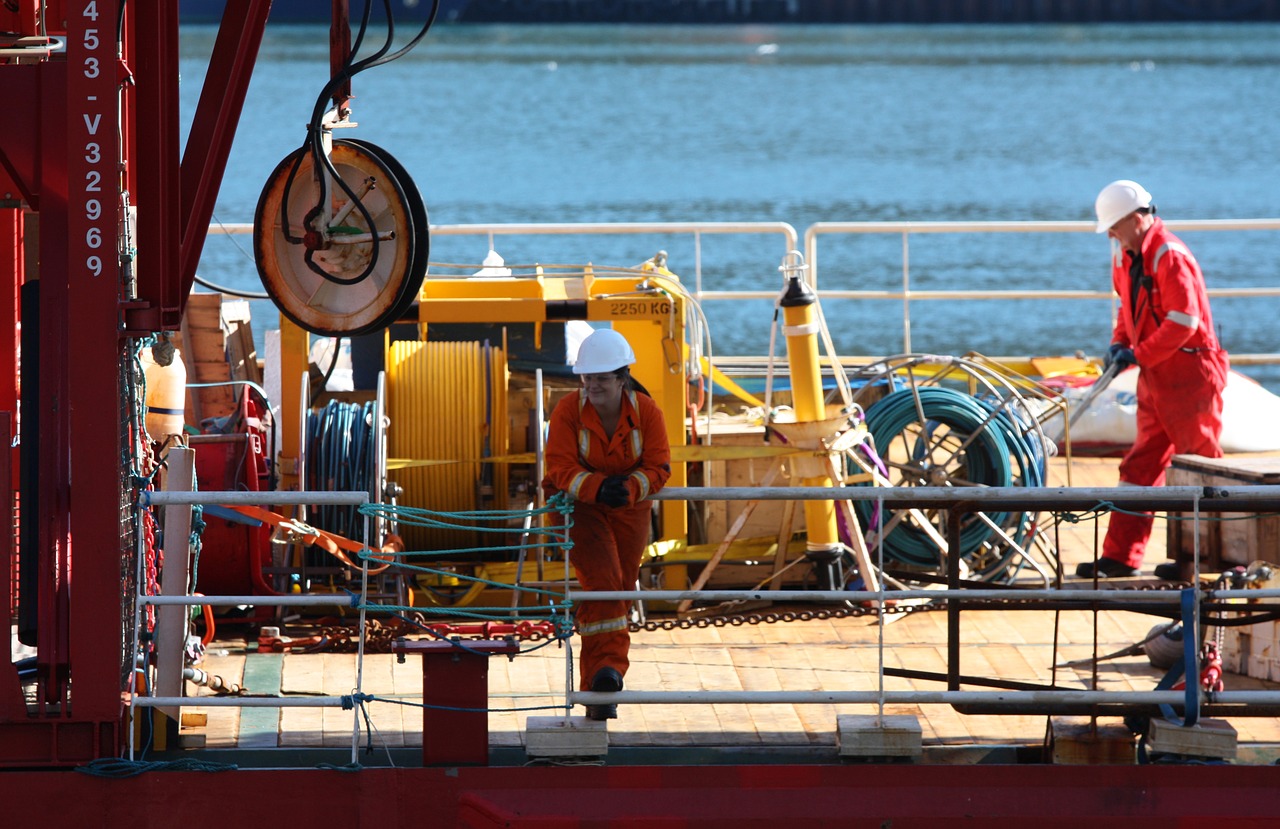One unit may need to be disabled when any of these conditions exist:
- Damage to a main component of the combustion chamber
- Damage to a crosshead or bottom end bearing on that cylinder
The following sequence would be carried out for our vessels which use the MAN B&W slow speed engine:
- Stop engine, isolate systems and allow to cool
- Ensure a procedure is written that minimises the risk to personnel during the operation. Discuss the task and written procedure with the engine room personnel to ensure they are familiar with the risks, and the methods to be used to minimise these risks.
- Ensure the fuel pump is de-activated by lifting roller and locking.
- Lift exhaust valve actuators so exhaust valve remains closed during running (Note: the air spring supply to be left open)
- Dismantle air start supply line, and blank with suitable steel plates, the main and control air pipes
- Dismantle bottom end bearing, and turn engine to suspend piston, crosshead and connecting rod from supplied crosshead supports. Secure big end of connecting rod in crankcase.
- Blank off main oil inlet to crosshead within the crankcase with a blanking plate
- Isolate the cylinder lubricator for that cylinder by placing all lubricators on no stroke.
When one engine cylinder is isolated, then one problem that may occur is a “dead spot” during manoeuvring.
This is due to the air start valve being isolated for that unit, and is more likely when a smaller number of cylinders are present. The Master must be informed that this could occur, and the remedy would be to kick the engine in the opposite direction, and then restart in the required direction.
